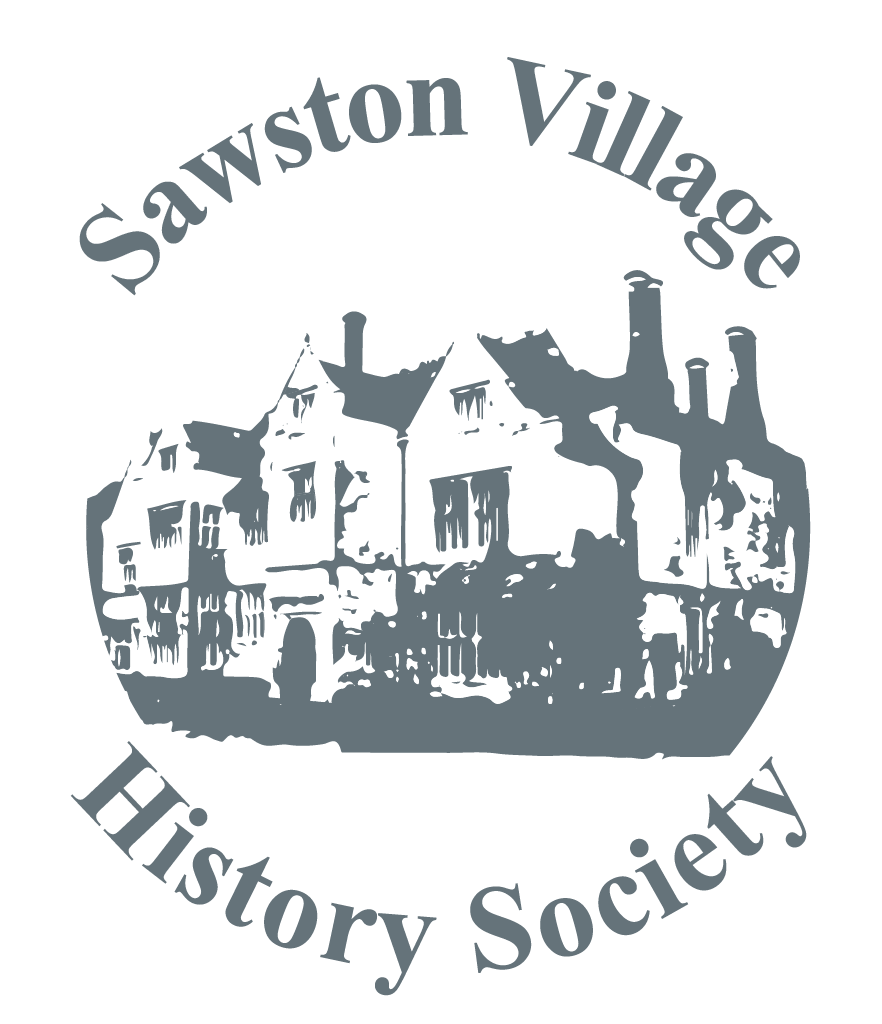
By a coincidence ( I think) the theme of the SVHS meeting
on July 14th was "The Bayeaux Tapestry - History or Mystery",
given by Mary Dicken. The embroidery, as it should more properly
be called, is on permanent display at the Bishops Palace in
Bayeaux This embroidered tapestry is 230 feet long and almost
20 " wide and was apparently designed by William's wife Matilda,
and was embroidered, over two years, by an Anglo Saxon team
at Canterbury, apparently the best embroiderers available at
that time. It comprises a continuous series of scenes culminating
in the Battle of Hastings on October 14th,1066, and could be
considered to be the mother of all comics. Being designed and
commissioned by the Normans, it was, of course, presenting
the epochal events of 1066 from the Norman angle rather than
the Anglo.
The story starts with Edward the Confessor telling Harold, Duke of Wessex, that
he wanted Duke William in Normandy to succeed him as King of England, and Harold
was delegated to bring that news to William in person. He sets off from Bosham
with his retinue and splendidly depicted horses, but is blown off course in a
storm. He eventually meets William, and then is promptly conscripted to help
William capture Conans Castle and besiege Dinantes castle. Here the Normans are
depicted wearing their chain mail jackets which weighed around 30lbs.
Before returning to England Harold is carefully depicted swearing an oath of
allegiance to William. A later scene then shows Harold with the dying Edward,
followed by a smug looking Harold being offered the Crown by the Council of Wisarts,
which naturally Harold could not refuse. On the right of this scene some men
are excitedly pointing upwards to a "Stella", this, of course, being the Halleys
Comet.
The following scenes show the preparation of William's invasion force comprising
500 long boats and 2000 horses. This force is shown disembarking, unopposed,
at Pevensey, and later building a castle at Hastings in preparation for the coming
battle against the English. Harold's army had to hurriedly return from Yorkshire,
after beating Harold Hardrada., another contender for the English crown at Stamford
Bridge on September 25th 1066. This meant that the English had to make an exhausting
200m yomp before engaging Williams army at Hastings on October 14th, after breakfast,
the intense and bloody battle going on all day without any lunch or tea breaks
.This epochal event is graphically depicted in several scenes. The famous scene
showing a soldier with an arrow in his eye was NOT Harold, who is actually shown
underneath the horse on the right, below the inscription " tus: est". Apparently
he was hacked to death and unrecognisable, except by his wife, who was able to
identify him by other means. The final scene depicts the fleeing English being
chased by the Norman cavalry.
Mary's fascinating and interesting account was illustrated by numerous slide
projections of many of the scenes so beautifully depicted in this outstanding
work of art and historical document.
A few members of the SVHS, notably Bryan Howe, Paul Mann and Keith Westley had
organised a 60th anniversary exhibition of the end of WW2, in the Walnut Room,
Sawston Village College from 4th -8th July, then at Sawston Free Church on the
9th-10th. About 100 photographs of Sawston people who served in the War were
mounted and as the week progressed a name was added to each one by Keith Westley,
helped by some of the visitors. Several veterans lent their war memorabilia to
supplement the display, and some interesting items were lent from the County
Record Office. This was a very successful event and thanks are especially due
to Paul Mann, Keith Westley, Bryan Howe and members of the British Legion who
helped to keep a supervising presence at all times.